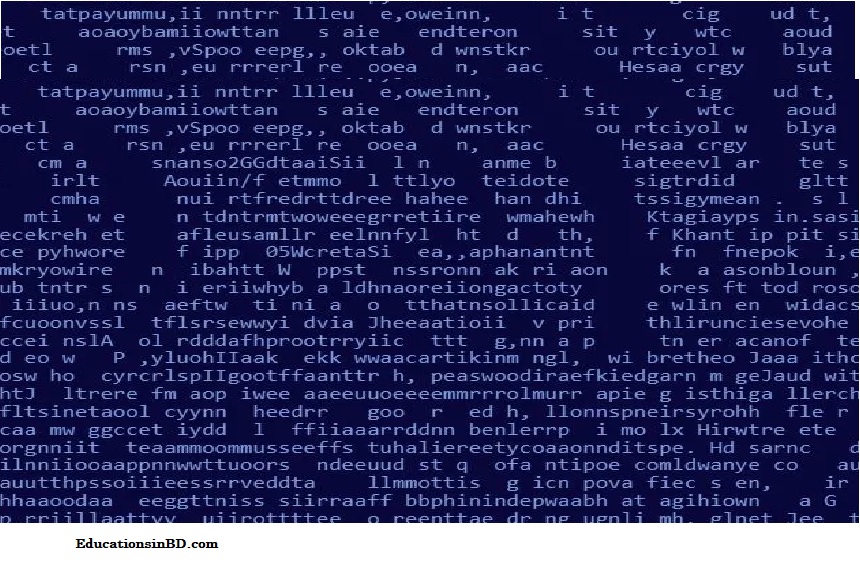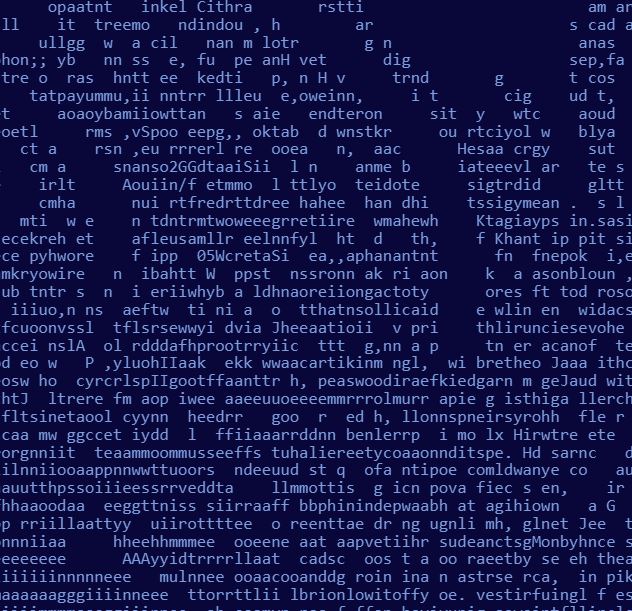How to create 3d social media image
How to create 3d social media images. Creating 3D social media images can be achieved in various ways, depending on your desired level of complexity, budget, and technical skills. Here are some options to explore:
1. AI-powered Image Generators:
Playground: This free online tool by Hugging Face lets you type in a textual description of your desired image, and it generates a 3D rendition based on your prompt. You can refine the results by iterating on your prompts and exploring variations.
DreamStudio by WOMBO: This AI art app allows you to create images from textual descriptions or by remixing existing artwork. It has a specific “Social Media” template for generating portrait-style images, which can be a good starting point.
Midjourney: This text-to-image AI system lets you create detailed and artistic 3D visuals with a more hands-on approach. While it requires a paid subscription, it offers extensive control over the style and composition of your image.
2. 3D Design Software:
Blender: This free and open-source 3D modeling software offers a complete toolset for creating 3D objects, scenes, and animations. While mastering it requires a steeper learning curve, it gives you complete control and customization over your 3D visuals.
Maya: This industry-standard 3D software offers powerful tools for character creation, animation, and rendering. It has a paid subscription model, but its capabilities might be overkill for simple social media images.
SketchUp: This user-friendly 3D modeling software allows you to quickly build 3D models from basic shapes and import textures. It has a free version with limitations and a paid Pro version with advanced features.
3. Online 3D Design Tools:
Canva: This popular graphic design platform now offers basic 3D design capabilities. You can create simple 3D text or shapes and incorporate them into your social media graphics.
Vectary: This online 3D modeling tool offers a user-friendly interface for creating and editing 3D models. You can export your work in various formats, including images suitable for social media.
Tinkercad: This free and web-based 3D modeling tool is simple to use and perfect for beginners. You can create 3D shapes and combine them to build your desired image elements.
Building a 3D social media image AI website involves blending the creative aspects of visual design with the technical complexities of AI and web development. Here’s a breakdown of the key steps involved:

1. Planning and Design:
Develop your concept: Define the features and functionalities of your website. What type of 3D images will it generate? How will users interact with the AI?
Design the user interface: Create a user-friendly interface that guides users through the process of creating 3D images. Make it intuitive and aesthetically pleasing.
Choose an AI model: Identify the appropriate AI model for your website’s goals. Explore existing models like Playground, DreamStudio, or Midjourney, or consider building your own custom model.
2. Technical Development:
Back-end development: Choose a web development framework like Python with Django or Node.js with Express.js to handle user input, API integration with the AI model, and image rendering.
AI integration: Integrate your chosen AI model with your website’s backend. This may involve understanding the model’s API and creating code to handle input prompts and output data.
Front-end development: Develop the user interface using HTML, CSS, and JavaScript. Implement features like text prompts, parameter controls, image previews, and download options.
3. Additional Considerations:
Data storage and security: Decide how you will store user-generated images and ensure their security. Consider cloud storage with encryption and implement authentication protocols.
Monetization strategy: Consider how you will monetize your website. Options include subscription plans, pay-per-image credits, or partnerships with brands.
Testing and deployment: Thoroughly test your website for functionality and user experience before deploying it to the public. Make sure it scales well to handle different user loads.

Resources and Tools:
Cloud platforms: Google Cloud Platform, Amazon Web Services, Microsoft Azure
Web development frameworks: Django, Express.js
AI models: Playground, DreamStudio, Midjourney
Front-end development libraries: React, Vue.js, Bootstrap
Image storage and processing libraries: Pillow (Python), Sharp (JavaScript) Building a 3D social media image AI website requires technical expertise and creative vision. It’s a complex project, but with careful planning, development, and testing, you can create a valuable platform for users to express themselves with unique and engaging 3D visuals.
Tips:
Start with a clear idea: What kind of image do you want to create? What message do you want to convey? Having a clear vision will help you choose the right tools and techniques.
Focus on composition and lighting: Even simple 3D elements can be visually appealing with good composition and lighting. Play with different angles, shadows, and highlights to make your image stand out.
Use high-quality textures: Textures can add depth and detail to your 3D elements. Find high-resolution textures online or create your own.
Don’t be afraid to experiment: Try different tools, techniques, and styles to find what works best for you. There are no hard and fast rules in 3D design, so have fun and be creative!




